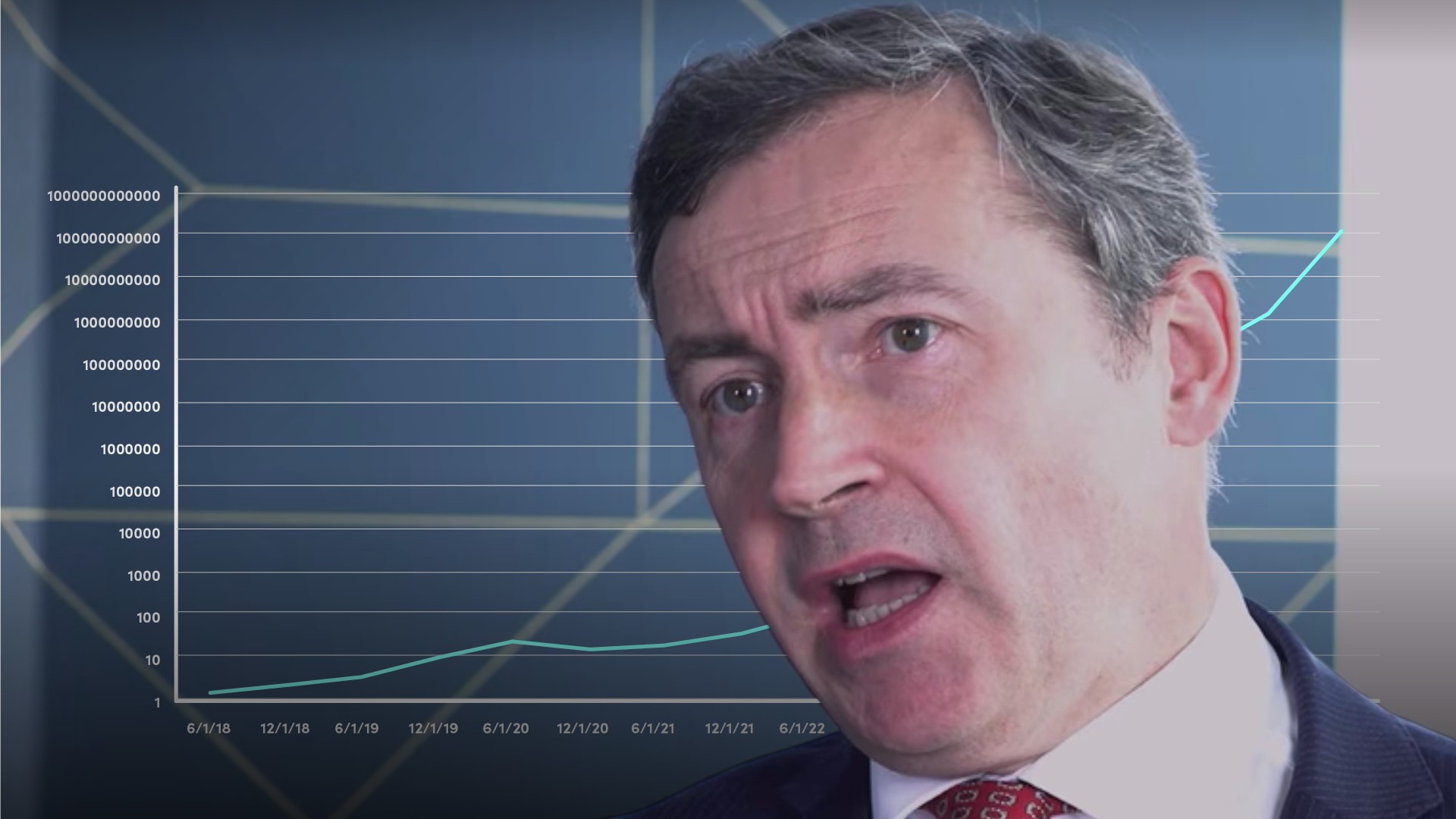
Excess Reserves
Excess reserves – a.k.a. excess liquidity – are deposits that banks hold in their accounts at their central banks in excess of minimum reserve requirements. Liquidity operates in a closed system insofar as a reduction of one bank’s excess liquidity (through lending to clients) doesn’t leave the banking system; it ends up with another bank’s account at the central bank. Even if a euro investor wants to take euros out of the system to invest in US dollar assets, the investor sells euros for dollars but those euros remain with a European bank’s account at the central bank. Following the global financial crisis and the switch to full liquidity allotments rather than liquidity auctions, banks have requested a lot more liquidity for contingencies from the central bank, which has created a large excess liquidity buffer. This in turn has helped keep corporate and retail borrowing costs low, which is intended to spur lending into the real economy. In addition, ECB/Eurosystem lending and asset-purchase programmes have increased the excess liquidity buffer even more.




























